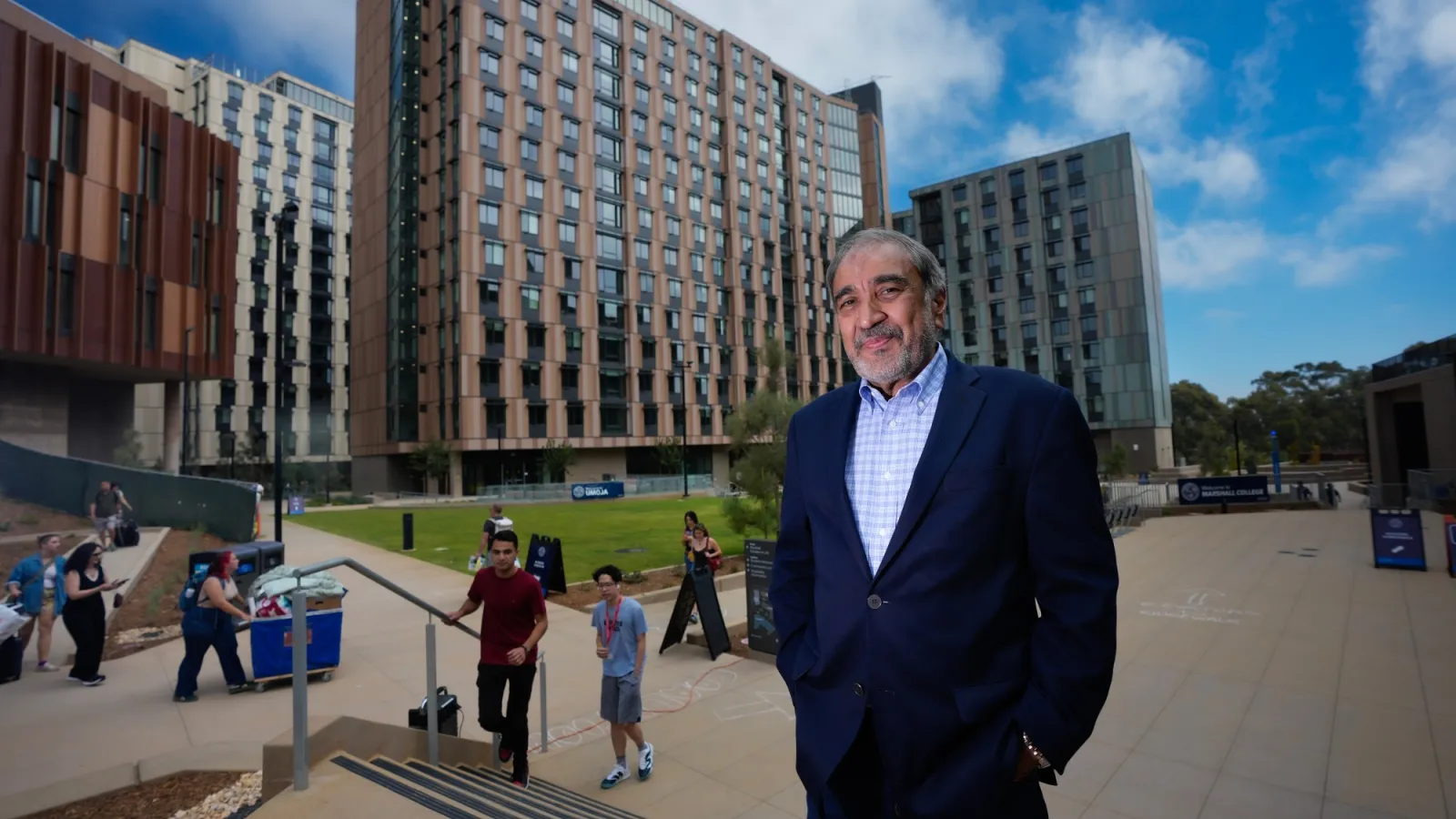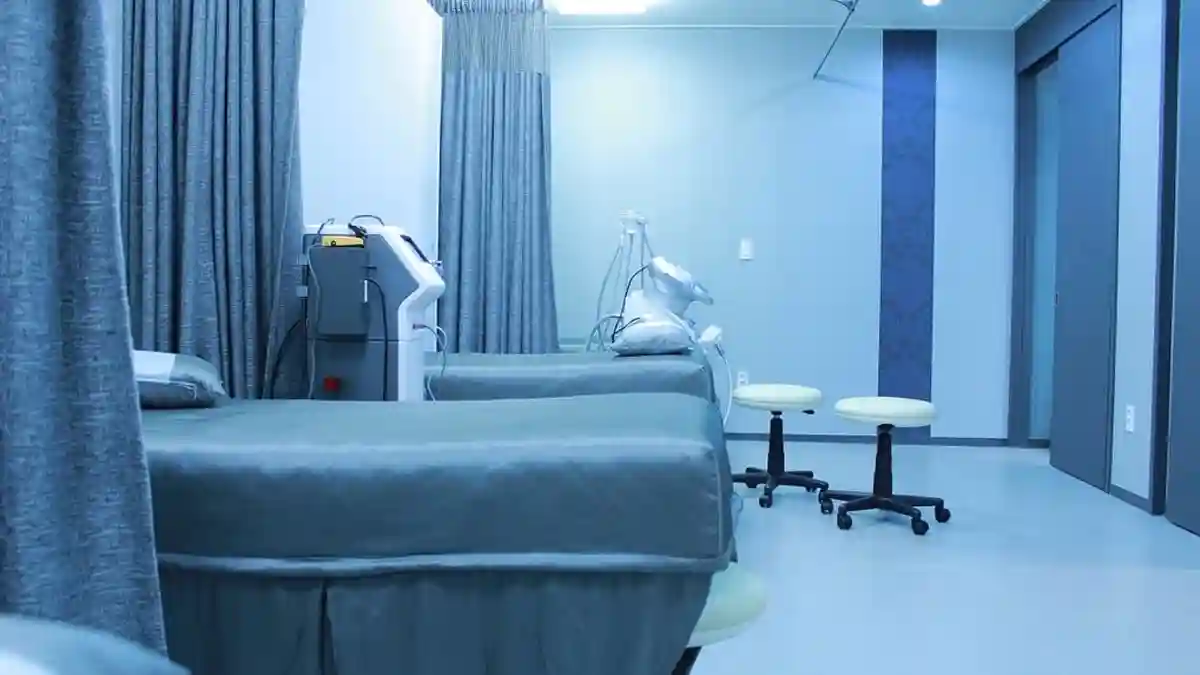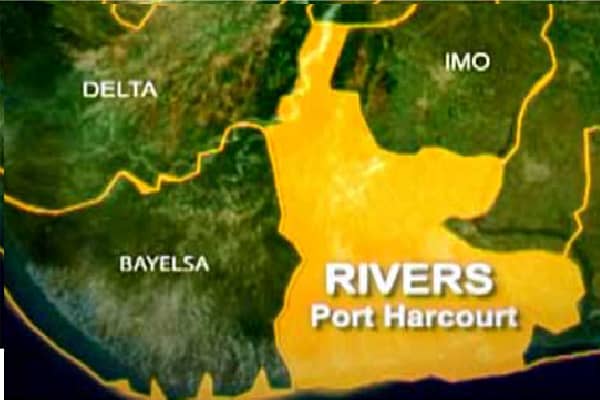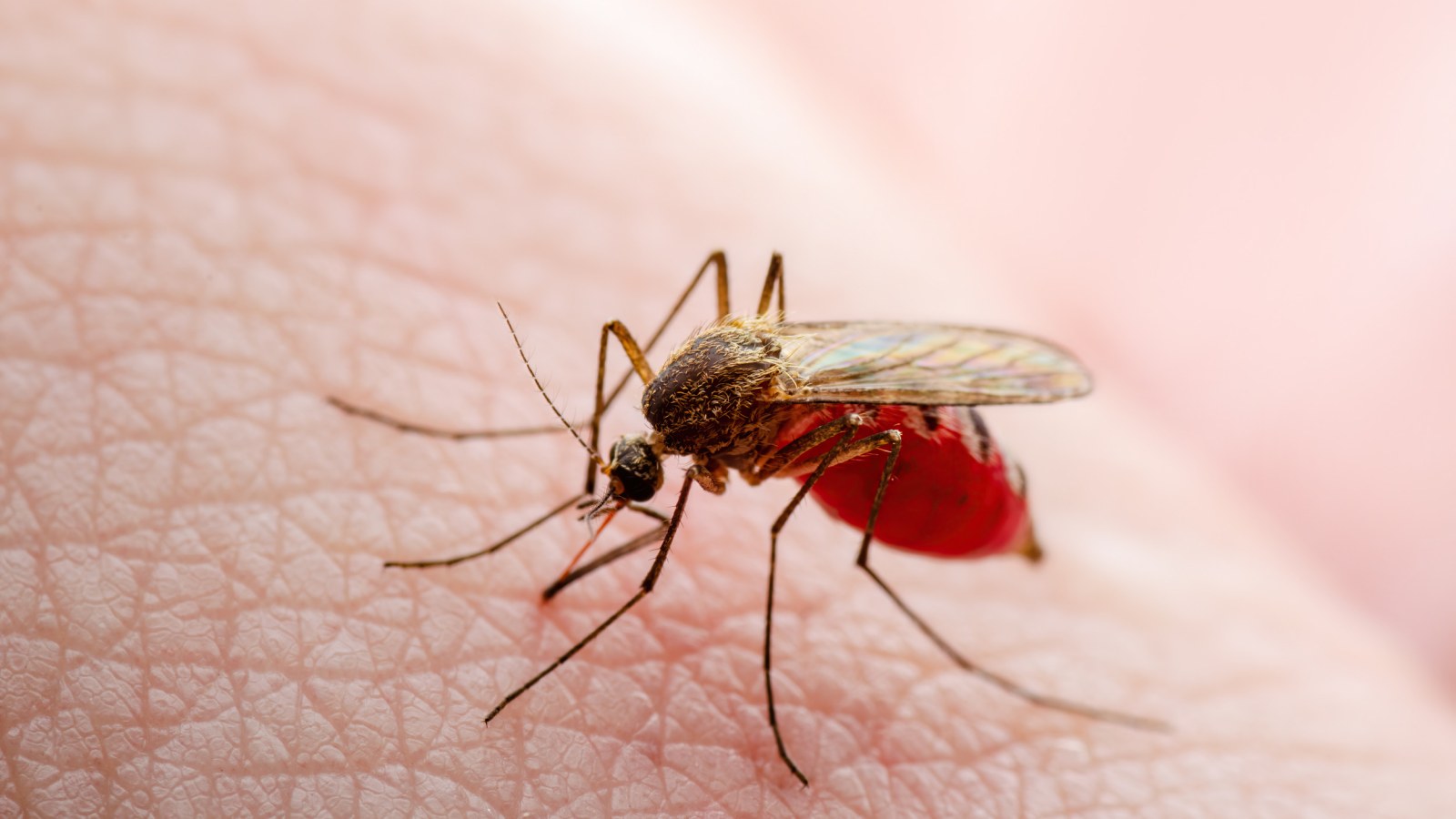By Gary Robbins
Copyright sandiegouniontribune

The biggest housing complex ever built at UC San Diego opens this week, welcoming 2,400 students to ocean-view living and rents that’s are at least 20% below market value.
Ridge Walk North will push the school’s housing capacity to 24,500, tying it with UCLA for tops nationwide. Even so, 600 people are still on waiting lists for beds at UCSD, which could have a record 45,000 students when the fall quarter begins on Monday.
“Don’t look at this as exorbitant living,” Chancellor Pradeep Khosla told the Union-Tribune during a tour of the $673 million village, whose amenities include a glass-blowing facility.
“Look at this as good, quality living for students.”
And if Khosla has his way, there’s lots more to come.
Khosla, the most prolific builder in the school’s history, says he’s exploring whether he should construct a 30- to 40-story dormitory to help UCSD expand enrollment to 56,000. It would be among the tallest towers of its kind in the world, visible from miles away.
“There is clearly more pressure in California to bring more California (students) in,” said Khosla, who has nearly doubled the amount of developed space on the sprawling seaside campus since he became chancellor in 2012.
He has strong support from the University of California Board of Regents, which last year approved his request to create a housing village for 6,000 students. It’s possible that a towering dorm would be the pièce de résistance. A structure of that size would help complete UCSD’s transition from a pastoral campus to one dominated by high-rises.
Khosla revealed his interest in the tower during an interview earlier this month that ranged from lighter topics — such as teaching students to cook their own meals — to serious ones, notably daunting financial issues.
He was particularly concerned about the deep cuts the Trump administration has been making in university research. Those cuts cost UCSD $85 million during the fiscal year that ended on June 30, and deeper cuts are possible.
The figure represents 5% of UCSD’s $1.7 billion research program and affected everyone from vaccine researchers to climate change specialists.
“Right now we are not starting any new construction except for housing …” said Khosla, who presides over the nation’s sixth-largest research school. “We are not going to make investments that are not needed now. Conserving cash is our strategy.”
Khosla is trying to prevent things from devolving into the sort of trouble that has surfaced at UCLA.
President Donald Trump is withholding about $500 million in medical research grants. He also fined UCLA nearly $1.2 billion for alleged antisemitism and civil rights violations, drawing a sobering response on Sept. 15 from new UC President James B. Milliken.
“As we consider the unprecedented action against UCLA, it is important to keep in mind that the federal government also is pursuing investigations and actions in various stages against all 10 UC campuses,” Milliken said in a statement.
“This represents one of the gravest threats to the University of California in our 157-year history.”
Not all of the financial news has been gut-wrenching, partly because a federal judge in Boston recently ruled that the Trump administration cannot cut research money to universities for ideological or retaliatory reasons.
The ruling was based on a lawsuit filed by Harvard University. Davey Smith, a UCSD infectious disease expert, wondered whether it would help him obtain an $80 million National Institutes of Health grant that was being held up over reasons involving diversity, equity and inclusion. He put the question to NIH, which decided in his favor.
“Sometimes you just have to ask,” Smith said.
UCSD biologist Uri Manor made a similar request of the federal government and expects to claw back up to $4 million for research involving hearing loss.
Such delays frustrate Manor, who said, “I cannot think of a better time to be a scientist. We are making huge leaps that would have been science fiction a few years ago.”
Fellow biologist Terry Gaasterland said, “I took a real time out (from the drama) this summer and focused on getting things done. I sense that fellow faculty did the same.”
The mood might be disrupted by a highly sensitive issue — free speech.
The Chronicle of Higher Education has reported that there is growing concern at colleges and universities that the Trump administration is trying to suppress speech it doesn’t like.
Tensions have spiked following the Sept. 10 assassination of conservative activist Charlie Kirk, who was shot while talking to students at Utah Valley University. His shooting came four months after Kirk spoke to about 1,000 students and visitors during a peaceful appearance at UCSD.
UCSD students have never hesitated to stage protests involving social issues. The campus was a hotbed of dissent during the Vietnam War.
There was also a large protest at UCSD on May 6, 2024, when authorities, at Khosla’s request, tore down a pro-Palestinian encampment on Library Walk, near Geisel Library.
Police arrested 64 people. The San Diego City Attorney’s Office decided that none of them would face criminal charges.
Khosla addressed the issue of free speech while standing outside Ridge Walk North on Friday, as students moved into the new dorm.
“People just have to express their views and listen to other people’s views, and that’s it,” he said. “We need to have debate, we need to have dialogue, we need to have differences of opinions, all argued in a peaceful, scholarly manner.
“This (university) is not just about granting degrees. It’s about creating a space to have a conversation.”



